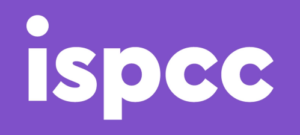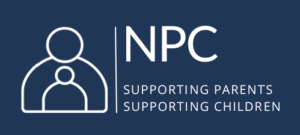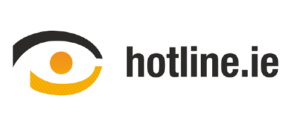Up2us
What is UP2US?
The #Up2Us Anti-Bullying Kit is a resource for Junior Cycle SPHE teachers and students.
The aim of the Kit is to empower post-primary students to address bullying, in particular cyber bullying, in their local communities. The resource includes the #Up2Us Teachers’ Handbook which has ten lessons that cover the anti-bullying section of the new Junior Cycle SPHE course.
The lessons attempt to engage students on cyber bullying using active and engaging methodologies and updated, relevant information. Through discussion and small-group activities, this programme promotes positive actions and behaviours which should help students to create an anti-cyber bullying environment on a school-wide level and in the wider world.
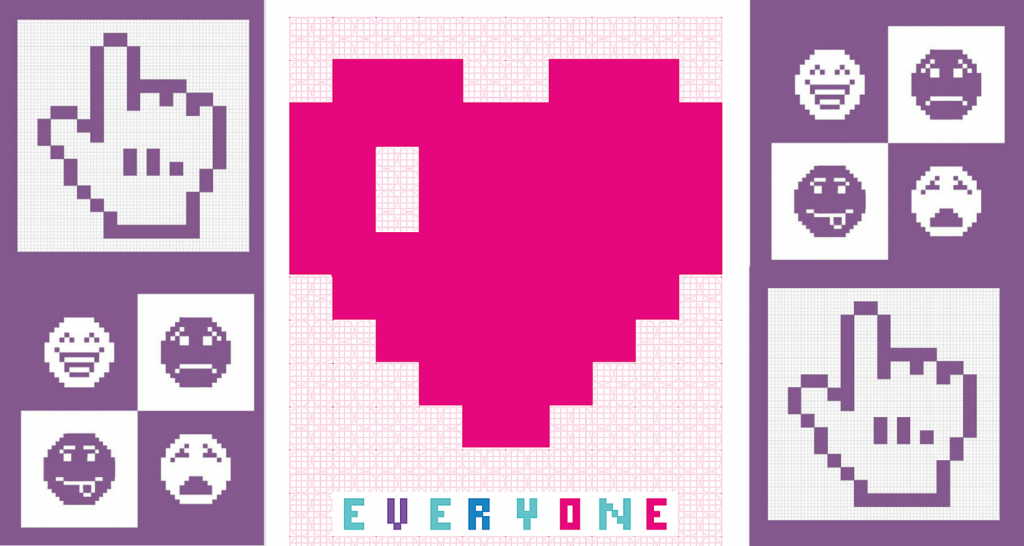
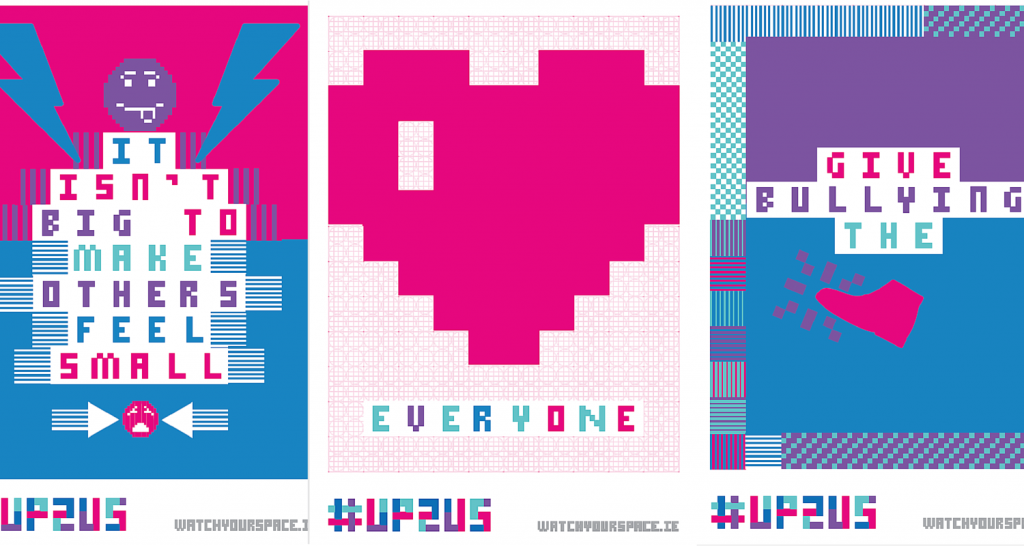
UP2US Poster Activity
The interactive poster activity is a fun and easy way of spreading anti-bullying messages while making positive, creative and innovative use of technology. Using the poster grids, stickers and cut-out shapes provided in the Kit young people can design colourful posters with anti-bullying slogans.
The idea is that these posters will then be made interactive when students share a photograph of their poster on social media. This will contribute to creating a positive anti-bullying culture on social media sites using messages generated by young people and disseminated amongst their peers.
Lessons

Lesson 1 – Bullying: The Effects
This lesson will introduce students to the topic of bullying and particularly cyber bullying. The lesson will give students the opportunity to reflect on the problem of bullying, and it will also help them to understand the effects that cyber bullying can have.

Lesson 2 – Private and Anonymous
This lesson will give students the opportunity to probe more deeply into the nature of cyber bullying and how it differs from traditional offline bullying by looking specifically at issues around anonymity, privacy and freedom of speech.

Lesson 3 – Like/Dislike
This lesson will allow students to consider what one should do to prevent bullying and cyber bullying.

Lesson 4 – Who’s involved?
This lesson examines the roles of the different people involved in bullying and how bystanders can be encouraged to intervene.

Lesson 5 – Report: #UP2US
Students will learn what it means to be a bystander and a participant in online bullying and will learn how to take action against cyber bullying through online reporting.

Lesson 6 – Two sides of the internet
This lesson encourages students to think about the positive and negative sides of the internet. The concerns articulated should provide the basis for developing and refining the school’s internet safety guidelines and bullying policy.

Lesson 7 – Rewriting the rules
This lesson will encourage students to analyse and refine the school’s bullying policy, AUP and internet-safety guidelines by applying knowledge generated in Lesson 6.

Lesson 8 – Imagining a school without bullying
This lesson encourages students to imagine a school without bullying and then prompts the students to do something about making this a reality by developing a class charter for an anti-bullying zone.

Lesson 9 – Making a stand against cyber bullying (Part 1)
Students will decide on the specific details of a school-wide anti-bullying campaign to encourage a collective response to bullying.

Lesson 10 – Making a stand against bullying (Part 2)
Students will evaluate the effectiveness and quality of their school-wide anti-bullying campaigns.
